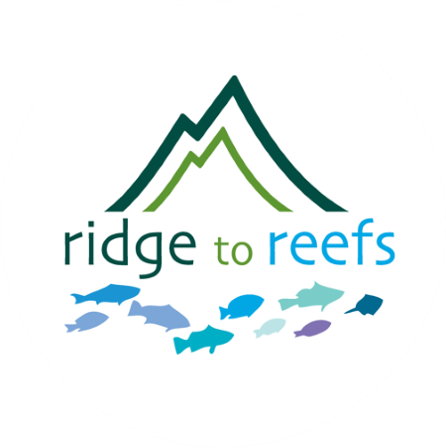Technical Implementation
Objective 1
Gain an increased understanding of specific resource concerns in program areas and complete a Strategic Long-Range Plan.
In order to identify and prioritize resource concerns facing farmers and impacting overall environmental health, RTR will complete a needs assessment and corresponding Long-Range Plan specific to each island.
Expert roundtables will include focused meetings with SWCDs, their boards, and other stakeholders to determine priority resource concerns for Maui, Hawai'i Island, and American Samoa. These needs will be summarized in the Long-Range Plans and disseminated to stakeholders within six months of program initiation.
A Needs Assessment Consensus Document will be created for each island after the roundtable and shared with relevant stakeholders to ensure clear communication and coordination among group members moving forward.
This will increase the efficiency and targeted delivery of existing conservation resources for underserved farmers in each geographic area.
Objective 2
Increase the number of farmers enrolled in Farm Bill and NRCS conservation programs by 20% in each project area.
The project team will achieve this outcome by increasing outreach to local farmers to ensure their awareness of and access to resources and information needed to apply for NRCS or Farm Bill program assistance.
This outcome addresses the need to extend assistance to more underserved farmers in the Pacific Islands such that conservation goals, food security and economic sustainability can be achieved on a larger scale.
This outcome will be measured by the number of contracts that are signed in the years of 2020 through 2021 and 2021 through 2022 compared to previous years using a percent difference.
Community and stakeholder outreach will begin at program initiation and continue for the entire duration of the program.
Objective 3
Increase NRCS’ capacity to deliver Farm Bill services and programs to small and historically underserved farmers.
To achieve this objective, at least one Conservation Implementation Team, comprised of Ridge to Reefs staff and project partners, local farmers, and SWCDs will be formed for each island to develop targeted responses to priority resource concerns identified in the needs assessments.
RTR will continually pursue additional funding and resources through federal grants and private foundations to support these teams and implementation efforts, and anticipates bringing in at least $100,000 in additional capacity over the two project years.
The CIT’s will be actively involved in communicating with farmers and leveraging partnerships. CIT’s will be formed within 6 months of program initiation and will conduct activities for the remaining 18 months of the program period.
Animal Management Strategies for Clean Water
Specific Resource Needs: American Samoa
Through our interactions with community members, local agencies, and the NRCS Office in American Samoa, two major resource concerns that have been identified are (i) the improper management of dry litter piggeries and (ii) dependence on imported synthetic fertilizers.
Specific Resource Needs: Hawai’i
In Hawai'i, and on Maui alone, there are over 40,000 acres of fallow, degraded agricultural land that was intensively farmed for decades, leading to a destruction of soil quality, and legacy problems such as ongoing erosion and large amounts of plastic debris remaining in the soil.
A major objective for the project team will be to continue developing effective, replicable, and scalable solutions to these and other resource concerns identified by local communities, technical experts, and the collaborative Conservation Implementation Teams.







